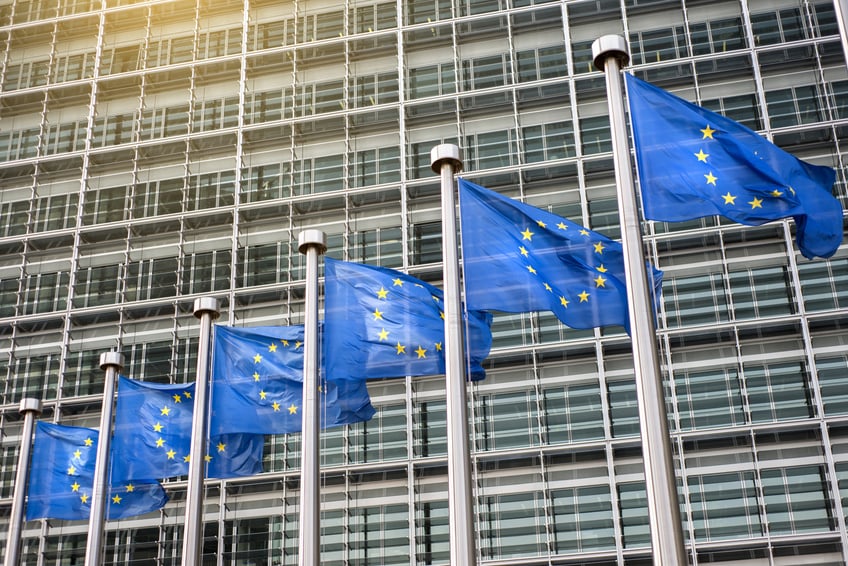On October 2, 2019, the World Trade Organization (WTO) issued an arbitration decision in European Communities and Certain Member States – Measures Affecting Trade in Large Civil Aircraft, WT/DS316/ARB. The decision authorizes the United States to impose $7.5 billion in tariffs on EU imports for EU subsidies to Airbus, making the ruling the largest in the WTO’s history and providing a partial conclusion to one of the longest running WTO disputes. The US Trade Representative (USTR) announced in a press release, which is available here, that the Trump Administration plans to impose tariffs beginning October 18. USTR stated that the bulk of these tariffs will be applied to imports from France, Germany, Spain, and the United Kingdom, and that the tariff increases will be limited to 10 percent on large civil aircraft and 25 percent on agricultural and other products. The European Union is awaiting a damage award in a WTO counter-complaint against the United States and Boeing where it has sought authorization to levy duties on $12 billion worth of US products.
Background of the Dispute
The Boeing/Airbus litigation dates back to 2004 when the United States initiated WTO proceedings arguing that EU subsidies to Airbus violated the WTO Agreement on Subsidies and Countervailing Measures and the 1994 General Agreement on Tariffs and Trade. Nine months later, the European Union initiated proceedings alleging that the United States was providing WTO-inconsistent subsidies to Boeing. In the years since, the WTO has ruled that the United States and European Union both provided infringing subsidies. The United States and European Union have each made changes to comply with these rulings, but the WTO has found continued infringements. A decision on the EU case regarding US subsidies is expected in the coming months.
Potential US Measures
The United States will receive authority to impose the retaliatory tariffs as early as this month, once the WTO’s Dispute Settlement Body formally accepts the arbitration award. In its press release, USTR announced that the United States has requested the WTO to schedule a meeting on October 14 to approve a US request for authorization to take the countermeasures against the European Union. Under Section 301 of the Trade Act of 1974, the USTR has the discretion to impose tariffs on EU products for violations of the WTO trade rules, or USTR could use the arbitration decision as a starting point for further negotiations with the European Union. USTR has published two lists of EU products that could be the target of the duties that cover more than $20 billion worth of EU exports, which are available here and here. The key EU exports that USTR will likely target include wine, cheeses, motorcycles, aircraft parts, and certain helicopters. Additional listed products include seafood products, produce, certain clothing and textile products, glassware, and certain metal products and metal alloys. USTR is not required to impose tariffs on the full amount authorized by the WTO, or to apply all the tariff increases at one time.
The UK Department for International Trade issued a press statement following the ruling stating that the United Kingdom and other EU Member States subject to the case had already complied with the WTO ruling and so did not see a basis for the United States to retaliate at this point. The United Kingdom also pointed out that in a corresponding procedure brought by the European Union against the United States, it was clear that the United States had taken no steps to comply, and so retaliation against the United States would be justified.
Implications for the WTO System and US-EU
This decision and the imminent decision in the EU case will bring to a head a long running dispute that has roiled transatlantic relations for decades. The United States and the European Union could eliminate the other’s threat of retaliation if it were to modify its legislation to comply with the WTO rulings. Short of that, the United States and the European Union will be able to impose retaliatory tariffs on imports from the other, or to negotiate a resolution between the parties.
President Trump, who calls himself “Tariff Man” and argues that foreigners pay tariffs imposed by the United States, may view this decision in the US case as providing leverage with the European Union. However, an authorization to retaliate in the EU case will likely tee up a stand-off. It may not matter much in practice if the United States’ retaliation authorization is substantially larger than the European Union’s, given the large amount of trade covered by the authorizations. Increased import tariffs would harm exporting businesses and their customers in both America and Europe, and escalating tensions could unsettle markets in a time of growing economic uncertainty. As a result, there may be increased interest in finding a negotiated path forward.
One clear winner is the WTO’s appellate body. The United States has criticized the appellate body and tied up nominations of new judges such that the appellate body will soon cease to have a quorum necessary to operate. In this case, the appellate body has, as designed, made the legal determinations necessary to ascertain WTO members’ rights. These determinations have cleared the way for the protagonists, the United States and European Union, to find a resolution.





